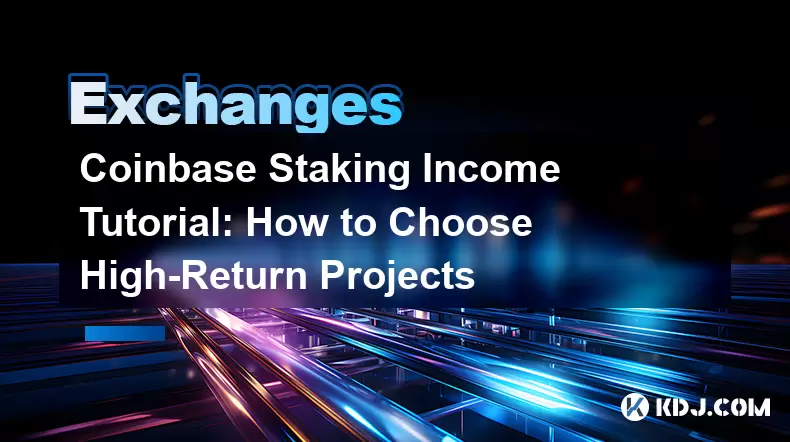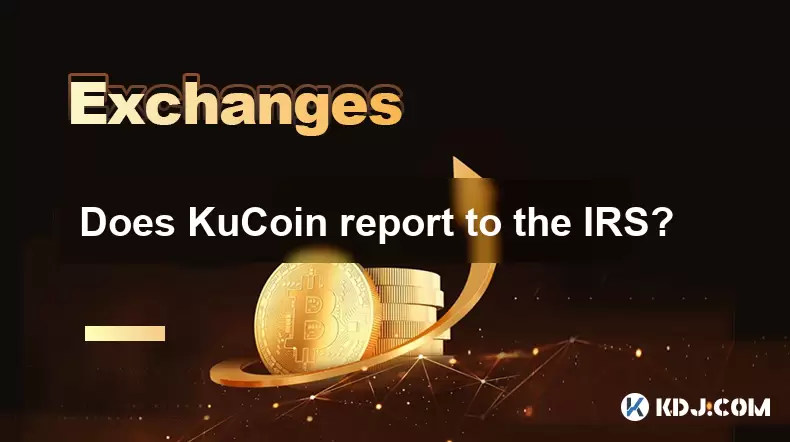-
 Bitcoin
Bitcoin $115200
-2.68% -
 Ethereum
Ethereum $3601
-5.16% -
 XRP
XRP $3.035
-2.96% -
 Tether USDt
Tether USDt $0.9997
-0.04% -
 BNB
BNB $764.5
-5.43% -
 Solana
Solana $168.1
-5.92% -
 USDC
USDC $0.9998
-0.02% -
 Dogecoin
Dogecoin $0.2090
-4.80% -
 TRON
TRON $0.3272
-0.49% -
 Cardano
Cardano $0.7306
-5.00% -
 Hyperliquid
Hyperliquid $39.16
-12.22% -
 Stellar
Stellar $0.3967
-4.96% -
 Sui
Sui $3.566
-5.95% -
 Chainlink
Chainlink $16.55
-6.57% -
 Bitcoin Cash
Bitcoin Cash $552.3
-3.90% -
 Hedera
Hedera $0.2516
-4.69% -
 Avalanche
Avalanche $21.99
-5.75% -
 Toncoin
Toncoin $3.621
-0.28% -
 Ethena USDe
Ethena USDe $1.000
-0.03% -
 UNUS SED LEO
UNUS SED LEO $8.951
0.02% -
 Litecoin
Litecoin $105.9
-3.59% -
 Shiba Inu
Shiba Inu $0.00001232
-5.00% -
 Polkadot
Polkadot $3.640
-5.55% -
 Uniswap
Uniswap $9.048
-7.03% -
 Monero
Monero $301.8
-1.51% -
 Dai
Dai $0.9999
-0.01% -
 Bitget Token
Bitget Token $4.334
-3.66% -
 Pepe
Pepe $0.00001064
-6.17% -
 Cronos
Cronos $0.1367
-5.78% -
 Aave
Aave $259.2
-4.59%
Coinbase Staking Income Tutorial: How to Choose High-Return Projects
Staking on Coinbase lets you earn rewards by supporting blockchain networks; consider APY, project stability, and risks to maximize returns.
Jun 04, 2025 at 08:56 pm

Introduction to Coinbase Staking
Staking on Coinbase allows users to earn rewards by holding and supporting the operations of blockchain networks. Staking involves locking up your cryptocurrencies to participate in the validation of transactions on a blockchain. This process not only supports the network but also provides you with additional income in the form of rewards. Coinbase offers a straightforward platform to stake a variety of cryptocurrencies, making it accessible even for beginners.
Understanding High-Return Staking Projects
When choosing high-return staking projects on Coinbase, it's essential to understand that returns can vary based on several factors. Annual Percentage Yield (APY) is a key metric to consider, as it indicates the potential earnings from staking over a year. Other factors include the stability of the blockchain network, the project's overall market performance, and the liquidity of the staked asset. High returns often come with higher risks, so it's crucial to balance potential rewards with the risk involved.
Steps to Start Staking on Coinbase
To begin staking on Coinbase, follow these detailed steps:
- Create a Coinbase Account: If you don't have one already, sign up for a Coinbase account. You'll need to provide your personal information and complete the necessary identity verification steps.
- Fund Your Account: Deposit funds into your Coinbase account. You can do this by transferring cryptocurrencies from another wallet or by purchasing them directly on Coinbase.
- Navigate to Staking: Once your account is funded, go to the 'Earn' section on Coinbase. Here, you'll find the list of cryptocurrencies available for staking.
- Select a Cryptocurrency: Choose the cryptocurrency you wish to stake. Consider the APY and other factors mentioned earlier to make an informed decision.
- Stake Your Assets: Click on the 'Stake' button for the chosen cryptocurrency. You'll be prompted to specify the amount you want to stake. Confirm the transaction, and your assets will be locked for staking.
- Monitor Your Rewards: Keep an eye on your staking rewards, which will be automatically added to your Coinbase account.
Evaluating Staking Projects for High Returns
To choose high-return staking projects, you need to conduct thorough research. Start by examining the APY offered by different projects. Higher APYs can be attractive, but they may also indicate higher risk. Next, look at the project's fundamentals, such as the team behind it, the technology, and the use case of the blockchain. Market performance and community support are also important indicators of a project's potential.
Risks and Considerations
While staking can be a lucrative way to earn passive income, it's not without risks. Market volatility can affect the value of your staked assets, and slashing penalties could result in the loss of some of your staked tokens if you fail to meet the network's requirements. Additionally, lock-up periods can prevent you from accessing your funds for a certain time, which might be a concern if you need liquidity. Understanding these risks is crucial before committing to a staking project.
Comparing Staking Options on Coinbase
Coinbase offers staking for several cryptocurrencies, each with its own set of rewards and risks. For instance, Ethereum 2.0 staking has been a popular choice due to its high APY and the transition to a proof-of-stake model. On the other hand, Tezos offers a different set of benefits, with a more established network and frequent reward distributions. Comparing these options can help you decide which projects align best with your investment goals.
Maximizing Returns Through Diversification
Diversifying your staking portfolio can help maximize returns while mitigating risk. Instead of putting all your funds into one project, consider spreading your investments across multiple cryptocurrencies. This approach can provide a more stable income stream and reduce the impact of any single project's performance on your overall returns. Diversification is a key strategy in any investment portfolio, including staking.
Monitoring and Adjusting Your Staking Strategy
Staking is not a set-and-forget strategy. Regularly monitor the performance of your staked assets and the overall market conditions. If a project's APY changes or if you notice shifts in the project's fundamentals, consider adjusting your staking strategy accordingly. Staying informed and being willing to adapt can help you maintain high returns over time.
Frequently Asked Questions
Q: Can I unstake my assets at any time on Coinbase?
A: It depends on the specific cryptocurrency and its staking rules. Some projects have lock-up periods, while others allow you to unstake at any time. Always check the terms before staking.
Q: Are there any fees associated with staking on Coinbase?
A: Coinbase may charge a fee for staking certain cryptocurrencies. These fees are typically deducted from your staking rewards, so it's important to review the fee structure before you start staking.
Q: How are staking rewards taxed?
A: Staking rewards are considered taxable income in many jurisdictions. The exact tax treatment can vary, so it's advisable to consult with a tax professional to understand your specific obligations.
Q: Can I stake multiple cryptocurrencies simultaneously on Coinbase?
A: Yes, Coinbase allows you to stake multiple cryptocurrencies at the same time. This can help you diversify your staking portfolio and potentially increase your overall returns.
Disclaimer:info@kdj.com
The information provided is not trading advice. kdj.com does not assume any responsibility for any investments made based on the information provided in this article. Cryptocurrencies are highly volatile and it is highly recommended that you invest with caution after thorough research!
If you believe that the content used on this website infringes your copyright, please contact us immediately (info@kdj.com) and we will delete it promptly.
- Dogecoin's Price Support Under Fire: Can It Fend Off Competitors?
- 2025-08-02 04:30:12
- AI Cloud Mining: How AIXA Miners is Empowering Young Investors
- 2025-08-02 04:30:12
- Crypto Spotlight: Rollblock's Rise, Ripple's Resistance, and What It Means for Your Portfolio
- 2025-08-02 04:50:12
- Crypto's Golden Age: Tether Gold, Institutional BTC, and the Future of Finance
- 2025-08-02 04:50:12
- VeChain, Unilabs, XRP: Decoding August's Crypto Moves
- 2025-08-02 04:55:43
- Bitcoin, Whales, and Profit: Decoding Crypto's Latest Moves
- 2025-08-02 04:55:43
Related knowledge

KuCoin mobile app vs desktop
Jul 19,2025 at 08:35am
Overview of KuCoin Mobile App and Desktop PlatformThe KuCoin ecosystem offers both a mobile app and a desktop platform, each designed to cater to diff...

Is KuCoin a decentralized exchange?
Jul 18,2025 at 03:15pm
Understanding Decentralized Exchanges (DEXs)To determine whether KuCoin is a decentralized exchange, it's essential to first understand what defines a...

How to trade options on KuCoin?
Jul 19,2025 at 03:42am
Understanding Options Trading on KuCoinOptions trading on KuCoin allows users to speculate on the future price movements of cryptocurrencies without o...

What are KuCoin trading password rules?
Jul 20,2025 at 07:56am
Understanding the Purpose of a Trading Password on KuCoinOn KuCoin, a trading password serves as an additional layer of security beyond the standard l...

Does KuCoin report to the IRS?
Jul 27,2025 at 05:01am
Understanding the Reporting Obligations of KuCoinCryptocurrency exchanges are increasingly under scrutiny from global tax authorities, and KuCoin is n...

Who is the CEO of KuCoin?
Jul 20,2025 at 09:35am
Background of KuCoinKuCoin is one of the largest cryptocurrency exchanges globally, known for its diverse range of trading pairs and user-friendly int...

KuCoin mobile app vs desktop
Jul 19,2025 at 08:35am
Overview of KuCoin Mobile App and Desktop PlatformThe KuCoin ecosystem offers both a mobile app and a desktop platform, each designed to cater to diff...

Is KuCoin a decentralized exchange?
Jul 18,2025 at 03:15pm
Understanding Decentralized Exchanges (DEXs)To determine whether KuCoin is a decentralized exchange, it's essential to first understand what defines a...

How to trade options on KuCoin?
Jul 19,2025 at 03:42am
Understanding Options Trading on KuCoinOptions trading on KuCoin allows users to speculate on the future price movements of cryptocurrencies without o...

What are KuCoin trading password rules?
Jul 20,2025 at 07:56am
Understanding the Purpose of a Trading Password on KuCoinOn KuCoin, a trading password serves as an additional layer of security beyond the standard l...

Does KuCoin report to the IRS?
Jul 27,2025 at 05:01am
Understanding the Reporting Obligations of KuCoinCryptocurrency exchanges are increasingly under scrutiny from global tax authorities, and KuCoin is n...

Who is the CEO of KuCoin?
Jul 20,2025 at 09:35am
Background of KuCoinKuCoin is one of the largest cryptocurrency exchanges globally, known for its diverse range of trading pairs and user-friendly int...
See all articles

























































































